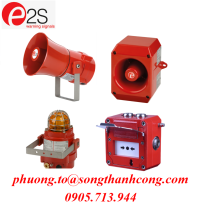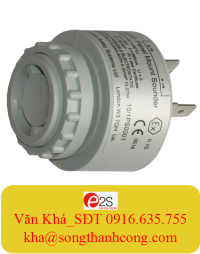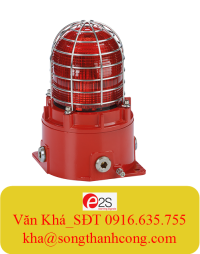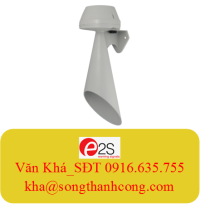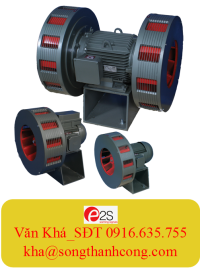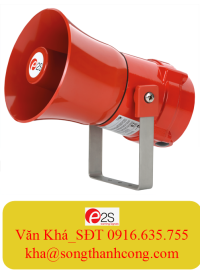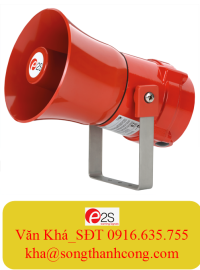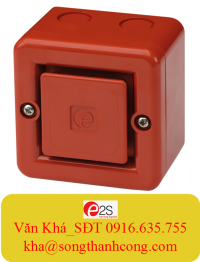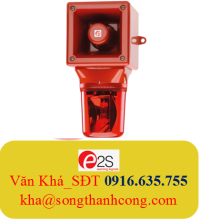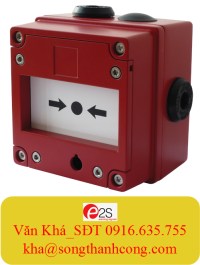Âm thanh được định nghĩa là bất kỳ sự thay đổi áp suất nào có thể nghe được bằng tai người.Điều này có nghĩa là dải tần số trung bình từ 20Hz đến 20kHz.Về mức độ áp suất âm thanh, âm thanh có thể nghe được từ ngưỡng nghe ở mức 0 dB đến ngưỡng đau có thể trên 130 dB. DB (decibel) là đơn vị đo lường tiêu chuẩn về âm học, tuy nhiên nó có thể gây nhầm lẫn để hiểu.Đơn vị đo, Bel, ban đầu được thành lập vào năm 1928 bởi Công ty Hệ thống Bell ở Hoa Kỳ để mô tả các mức âm thanh. Nguyên tắc quan trọng nhất của thang đo Bel là theo định nghĩa tỷ lệ của năng lượng. Ban đầu nó liên quan đến định mức năng lượng âm thanh, nhưng từ đó đã được khái quát cho tất cả các loại năng lượng.
Công suất âm thanh, SPL, có một phạm vi rất lớn. Nó bắt đầu ở ngưỡng nghe (TOH) tương đương với mức âm thanh khoảng 10-12 W/m2. Nói cách khác, TOH là mức năng lượng bằng 1 phần nghìn tỷ của một watt trên một mét vuông, 1/1.000.000.000.000 W/m2, thường được gọi là picoWatt. Tay người bất đầu đau ở mức khoảng 10 W/m2 và mức năng lượng cần thiết để phá vỡ màng nhĩ là 1000 W/m2. Một số âm thanh nhân tạo được ghi âm lớn nhất là từ các vụ phóng tên lửa; Saturn V sản xuất khoảng 100W / m2 ở khoảng cách 1500 m từ bệ phóng. Khi bạn cho rằng mức áp suất âm thanh tăng gấp đôi mỗi khi khoảng cách giảm đi một nửa, ở mức 750 m là 200W / m2, ở mức 375 m là 400W / m2 và nếu bạn không đủ tư cách để bắt đầu đi về phía tên lửa trong quá trình phóng, ở khoảng 180 m màng nhĩ của bạn sẽ vỡ ra - giả sử rằng bạn chưa bị đốt cháy trước khí thải của đầu tên lửa.
Có 15 bậc độ lớn (từ 10 đến âm 12 đến 10 đến lũy thừa của ba) giữa ngưỡng nghe và mức vỡ màng nhĩ. Khi có một dải động lớn như vậy, sẽ thuận tiện hơn khi mô tả các giá trị theo nhật ký tỷ lệ của các mức công suất với mức tham chiếu.
Đối với âm thanh, TOH được sử dụng làm tài liệu tham khảo. Một tiếng thì thầm là mức công suất âm thanh gấp khoảng 100 lần TOH. Đây là mức âm thanh của nhật ký (100/1) = 2 Bels. Một máy hút bụi có tốc độ gấp 10 triệu lần TOH, độ ồn của nó là log (107/1) = 7 Bels. Ở thang đo Bel, độ ồn của một vụ phóng tàu con thoi chỉ là 14 Bels, điều này không cho thấy nhiều dấu hiệu về cường độ tiếng ồn cách xa địa điểm phóng. Trên thực tế, độ ồn của nó lớn hơn 1014 hoặc 100 nghìn tỷ lần so với TOH. Nó có một chút giống như không nhận ra rằng một năm ánh sáng (khoảng cách ánh sáng truyền đi trong một năm) thể hiện khoảng cách khoảng 10 nghìn tỷ (10.000.000.000.000) km.
To give the scale more meaning, rather than referring to the Bel directly, by convention, we’ve expanded the scale by 10x and use units of 1/10th a Bel, which is called a decibel, or dB for short. A dB is always, without exception, by definition, 10x the log of the ratio of the powers: in units of dB = 10 x log(P1/P0). On the dB scale, loudness ranges from 0 dB as the TOH up to 140 dB for the space shuttle launch.As can be seen from the tables below, an increase of 3 dB represents a doubling of the sound pressure, but in practice, an increase of about 10 dB is required before the sound subjectively appears to be twice as loud. The smallest change we can hear is about 3 dB. The subjective or perceived loudness of a sound is determined by several complex factors, the main one being that the human ear is not equally sensitive to all frequencies. It is most sensitive to sounds between 2 kHz and 5 kHz, and less sensitive at higher and lower frequencies. This difference in sensitivity to different frequencies is more pronounced at lower SPLs than at high SPLs. For example, a 50 Hz tone must be 15 dB higher than a 1 kHz tone at a level of 70 dB in order to give the same subjective loudness.
To normalise the frequency dependence of human hearing, various weightings have been developed. The ‘A’ weighting network weights a signal in a manner which approximates to an inverted equal loudness contour at low SPLs, the ‘B’ network corresponds to a contour at medium SPLs and the ‘C’ network to an equal loudness contour at high SPLs. Nowadays the ‘A’ weighting network is the most widely used since the ‘B’ and ‘C’ weightings do not correlate well with subjective tests. One reason for this lack of correlation is because the equal loudness contours were based on experiments which used pure tones whereas most common sounds are in fact very complex signals.
| dB | Power Ratio | Amplitude Ratio |
| 140 | 100 000 000 000 000 | 10 000 000 |
| 130 | 10 000 000 000 000 | 3 162 300 |
| 120 | 1 000 000 000 000 | 1 000 000 |
| 110 | 100 000 000 000 | 316 230 |
| 100 | 10 000 000 000 | 100 000 |
| 90 | 1 000 000 000 | 31 623 |
| 80 | 100 000 000 | 10 000 |
| 70 | 10 000 000 | 3 162 |
| 60 | 1 000 000 | 1 000 |
| 50 | 100 000 | 316.2 |
| 40 | 10 000 | 100 |
| 30 | 1 000 | 31.62 |
| 20 | 100 | 10 |
| 10 | 10 | 3.162 |
| 6 | 3.981 | 1.995 (~2) |
| 3 | 1.995 (~2) | 1.413 |
| 1 | 1 .259 | 1.122 |
| 0 | 1 | 1 |
| -1 | 0.794 | 0.891 |
| -3 | 0.501 (~1/2) | 0.708 |
| -6 | 0.251 | 0.501 (~1/2) |
| -10 | 0.1 | 0.316 2 |
| -20 | 0.01 | 0.1 |
| -30 | 0.001 | 0.031 62 |
| -40 | 0.000 1 | 0.01 |
| -50 | 0.000 01 | 0.003 162 |
| -60 | 0.000 001 | 0.001 |
| -70 | 0.000 000 1 | 0.000 316 2 |
| -80 | 0.000 000 01 | 0.000 1 |
| -90 | 0.000 000 001 | 0.000 031 62 |
| -100 | 0.000 000 000 1 | 0.000 01 |
A value of an output power of -3 dB means that the ratio of output to input power is 10-3/10= 0.5. This is what most of us understand: -3 dB down is a 50% drop in power. The main difficulty in relating to a dB scale is visualising that large differences in power are represented by relatively small increases in the dB level. For instance, going from a level of 100 dB to 110 db equates to an increase in the SPL from ten thousand million times the TOH to one hundred thousand million times the TOH; an increase of 10 dB doesn’t convey the magnitude of the change.
Relating sound pressure levels to everyday objects
| Object | dB |
| E2S A151 Wide Area / Disaster Siren | 150 |
| Jet engine at 1m |
150 |
| Threshold of pain |
130 |
| Vuvuzela horn (beloved by S African football supporters) at 1m |
120 |
| Risk of instantaneous noise-induced hearing loss | 120 |
| Jet engine at 100m | 110-140 |
| E2S Fire & Industrial Alarm Horn Sounders | 104-126 |
| E2S Explosion / Flameproof signals | 117-123 |
| Petrol chainsaw at 1m | 110 |
| Road drill at 1m | 110 |
| Traffic on a busy road at 10m | 80-90 |
| E2S Panel Mount Buzzers & BEDHEAD sounder | 80-90 |
| Hearing damage (over long-term exposure, need not be continuous) | 85 |
| Passing car at 10m | 60-80 |
| Handheld electric mixer | 65 |
| TV (set at home level) at 1m | 60 |
| Washing machine or dishwasher | 42-53 |
| Normal conversation at 1m | 40-60 |
| Very calm room | 20-30 |
| Light leaf rustling, calm breathing | 10 |
| Auditory treshold at 1kHz | 0 |
E2S audible warning product outputs
In order to facilitate comparability between different products, the output from all E2S sounders is specified as x dB(A) at 1m. The db(A) unit refers to the frequency-dependent weighting given to a signal in a manner which approximates to an inverted equal loudness contour at low SPLs. The 1 metre distance is significant because the output from a sounder falls by 6 dB with each doubling of the distance from it.
| Distance (metres) | Reduction in dB(A) |
| 1 | 0 |
| 2 (1m doubled) | -6 |
| 4 (2m doubled) | -12 |
| 8 | -18 |
| 16 | -24 |
| 32 | -30 |
| 64 | -36 |
| 128 | -42 |
| 256 | -48 |
| 512 | -54 |
In the open, sound will spread in all directions, but in an enclosed space, some will be reflected and an increased sound level will result. The closer a wall-mounted sounder is positioned to the ceiling, the more sound will be reflected; for a ceiling mounted unit, the reverse is equally true. A sounder mounted on a wall is more effective than when mounted on a pillar. Sounders should be sited to avoid immediate obstacles and at an ideal height of 2 to 2.5 metres. Synchronised sounders (not a BS5839 Part 1 requirement) give a more effective overall effect since the pressure waves reinforce each other as they propagate.
The majority of E2S’s sounders have outputs between 100 and 120 dB(A), and are designed for use in high ambient noise level industrial and marine applications. Many ranges are explosion proof or intrinsically safe for use in hazardous areas. Additional ranges include wide area sounders with outputs around 140 dB(A) at 1 m, higher than the threshold of pain, used in quarries, on large industrial and petrochemical sites and for flood warning and civil defence requirements are also produced. At the other end of the output scale, panel buzzers and bed head sounders have outputs in the 80 – 90 dB(A) range.
To view E2S audible signals, choose your application below:







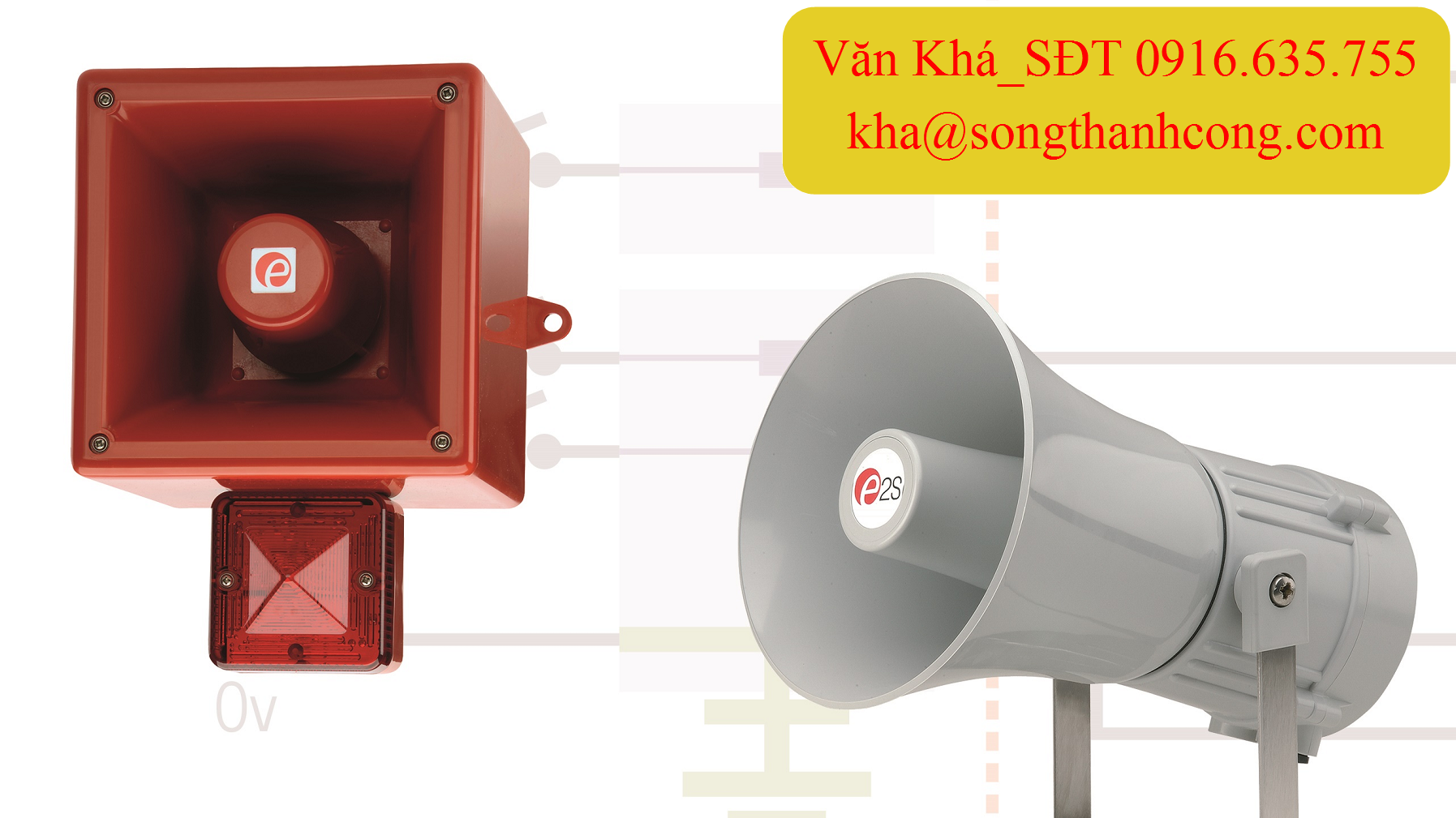
 Mr Vương
Mr Vương live:.cid.d22573c25f91d309
live:.cid.d22573c25f91d309
